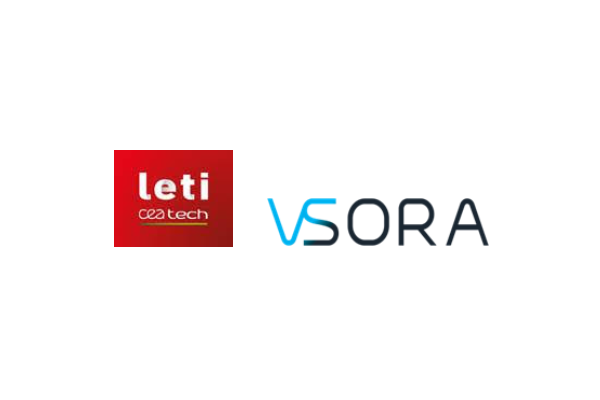Collaboration Designs a First Version of the 5G NR Release 15 Physical Layer
GRENOBLE & PARIS, France – Sept. 4, 2018 – Leti, a research institute of CEA Tech, and VSORA, which specializes in multi-core digital signal processor (DSP) design, today announced they have demonstrated the implementation of 5G New Radio (5G NR) Release 15 on a new DSP architecture that can dramatically reduce time to market of digital modems.
Defined by the 3rd Generation Partnership Project (3GPP), 5G NR is the air interface, or wireless communication link, for the next generation of cellular networks. It is expected to significantly improve connectivity experiences in 5G cellular networks. 3GPP Release 15 of the 5G system architecture, finalized in June 2018, provides the set of features and functionality needed for deploying a commercially operational 5G system.
This first implementation of 5G NR Release 15 physical layer on VSORA’s multi-core DSP demonstrates that it can address timely and complex systems like 5G NR, while providing a highly flexible software-defined development flow. The demonstration has shown that VSORA’s development suite provided an optimized DSP architecture, able to support the concurrent reception of representative 5G quality-of-service regimes covering extreme broadband, narrowband Internet of Things and ultra-low latency systems.
“This new DSP development flow allows signal-processing engineers to evaluate different implementations of their algorithms for cost, processing power, arithmetic precision and power consumption, well before the physical implementation,” said VSORA CEO Khaled Maalej. “The same development flow lets algorithm engineers and software engineers share the same environment and source code, dramatically accelerating time-to-market for Release 15 architectures.”
“VSORA’s innovations simplify the design flow, which eliminates the need to develop HDL-based co-processors,” said Benoit Miscopein, head of Leti’s wireless broadband systems lab. “Our demonstration also shows their product can support a system as hungry in terms of computational resources as the 5G NR modem.”
“VSORA’s added value is the very high flexibility that the company offers in terms of testing various implementation architectural trade-offs,” Miscopein added. “This speeds time-to-market by reducing the time required to converge towards a suitable DSP architecture. The approach proposed by VSORA is also flexible in the sense that the DSP can fulfill the requirements of the standard evolution, e.g. Releases 16 and 17, without redesigning a complete architecture.”
“With the coming 5G mobile standard, traditional DSP technology will run out of steam on multiple levels,” added Maalej. “Our aim is to become the reference point for state-of-the-art DSP applications. VSORA’s technology has the potential to revolutionize DSP architectures, transform the design and implementation processes, and ultimately enhance go-to-market strategies.”



















